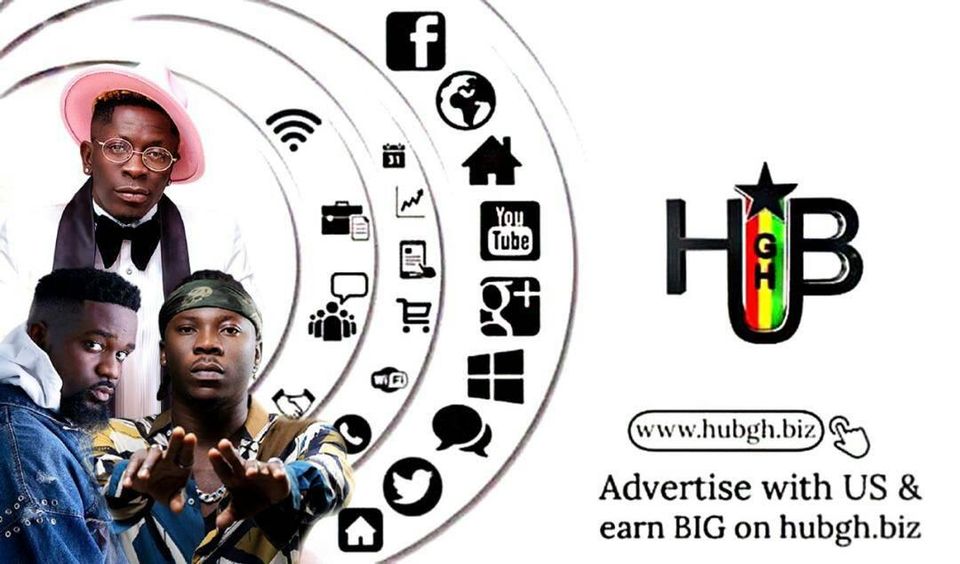I’ll be running an errand, or in the middle of a jam-packed workday, when an anxious pang hits me: You owe Swati a phone call.
Or, God, I have no idea how Molly’s dealing with that thing right now. In the years before my closest friends and I moved to different cities, had kids, or just got swamped with Life Stuff, we saw each other with the enviable frequency of sitcom characters who are constantly walking into one another’s apartments.
These days, even with friends who still live nearby, it more often feels like we’re waving longingly to each other from across a lake (this typically takes the form of vague “let’s catch up soon!” text exchanges).
When I do manage to connect with a good friend, I feel quantifiably better afterward—like my soul is fluffed up and a little more present inside my body. I’d like to feel that way more often.
Equally important: I’d like to be a better and more attentive friend than I’ve been in recent years amid life’s many distractions. (The pandemic further tested the elasticity of my friendships; one 20-year connection that had already endured years of strain snapped entirely, resulting in a friend breakup.)
“People have a lot of broken connections in the wake of the pandemic—a number of my clients have a whole different cast of characters in their lives now,” Hope Kelaher, LCSW, author of Here to Make Friends: How to Make Friends as an Adult, tells SELF. An upside of this, Kelaher says, is that some people are realizing the vital importance of existing friendships. “In fact, I’m seeing more and more clients bring friends into therapy sessions,” she says.
A slew of surveys suggests that I’m not the only person who’s struggling to prioritize friendship: Even before the isolating impact of the pandemic, people in the US spent way less time with friends than they did in previous decades. Not only can weaker social connections make us less happy, but this isolation is bad for our bodies, too.
“Social isolation and loneliness are two different things, but we’re seeing that both of them are leading to a host of negative consequences for physical and mental health,” Laura Whitney Sniderman, MA, founder of Kinnd, a digital platform that aims to help people forge and sustain friendships, tells SELF. For example, studies have linked a lack of human connection to depression and anxiety, poor sleep quality, high blood pressure, and even dementia. Sniderman, who has a master’s in clinical and counseling psychology, spends her days immersed in research on the science of friendship. Kinnd’s bond-building model is based on cultivating three qualities of a solid friendship: vulnerability, generosity, and reciprocity. The company’s app, launching sometime this year, will match up prospective pals.
While making new friends is wonderful (and necessary, if you’re still looking for your people), “It’s often much easier to work on a meaningful friendship that already exists,” Sniderman says, citing a 2018 study that found it takes an average of 200 hours to achieve BFF-level kinship. Whether (like me) you’re desperately seeking ways to connect with your friends more often or you simply want to grow closer to them, these expert tips can help you strengthen your relationships with your favorite people.

1. Set an intention to work on your closest friendships (for most of us, that means up to five people, tops).
If you’re not sure how many good friends you’re “supposed” to have to enhance your life, we don’t blame you—we’re all pretty undereducated on the entire topic of being a buddy. “Friendship doesn’t command the same social respect that we’ve been giving romantic relationships, so you don’t see as many resources to support it,” Danielle Jackson, the host of the podcast Friend Forward, tells SELF.
WATCH What, What Exactly, Is Bipolar Disorder?
Jackson, Kelaher, and Sniderman all loosely agree with “Dunbar’s number”—anthropologist Robin Dunbar’s theory that the human brain can only successfully maintain 150 meaningful ties. Smaller circles exist within this number: You might have 50 loose social connections you’d consider friends—people you’d love to invite to a massive party, say—and 15 friends you see more regularly. The innermost ties (with the people whom Kelaher describes as those you’d call if you’ve wound up in jail or in a hospital bed) number about three to five, on average. It’s totally okay to not have that many ride-or-die friendships in your life, but according to Sniderman, “It’s really important that we seek at least one or two” in order to reap those social-connection benefits. (And, for you extroverts out there, more is just fine too.)
As for what makes for a strong friendship, “The highest qualities are reciprocity, interdependence, and emotional intimacy,” Kelaher says. The give and take of reciprocity will ebb and flow in a healthy bond, as well as interdependence (being emotionally in sync and mutually supportive). Emotional intimacy is the cornerstone of a close friendship—the quality that separates casual friends from super-tight ones. “It’s the stuff that makes for those soulmate friendships,” Kelaher continues. “There’s mutual communication, mutual disclosures—what I like to call ‘the deepening of the narrative.’” So how do you foster reciprocity, interdependence, and intimacy with your closest friends in practice? Read on, my bud.
2. Keep your connection consistent.
You don’t need to talk every day or week to “deepen your friendship narrative,” but some friends like it that way, and Sniderman says the best way to break the “two ships passing in the night” cycle is to have a brief conversation about how, and how frequently, you would like to connect.
For example, when one of you prefers happy hour meetups while the other is in “8 a.m. breakfast hangouts” mode, a quick chat can help you meet in the middle to make a regular thing happen—maybe a standing lunch date works better in this case, or perhaps you can switch back and forth between bars and bagels.
Similarly, if one of you would love to get together weekly and the other only has time for a monthly catch-up, maybe a mix of calls and in-person get-togethers can help you find the sweet spot. If you live far away from each other, “have a conversation about how both of you prefer to connect—phone, FaceTime, Zoom? The more that you can get clear about those needs, desires, and expectations, the easier and the more fluid that connection will feel,” Sniderman suggests.
Once you’ve articulated the mode and frequency that feels right for both of you (which may change over time), be as consistent as possible. If you have a regular weekly hang, stick to it as best as you can. “Energy flows where attention goes,” Sniderman says. “So the more energy that you want to and can put towards a friendship, the more likely it’ll flourish.”

3. Get vulnerable.
When you do grab some time together: “Skip the small talk and get real,” Sniderman says. “Vulnerability gives others permission to be vulnerable, which can strengthen the relationship.”
If your regular patter isn’t naturally providing a way into deeper topics, Sniderman highly recommends cutting through the fluff with prompts, like by playing the Friendship Edition of the We’re Not Really Strangers card-game series ($20, We’re Not Really Strangers).
A sample Q from the deck: “What was my last breakup like for you?” Using a game can take the pressure off and help you both feel more comfortable getting extra real. “It really gets you into these deep, vulnerable conversations right away, and facilitates deeper dialogue,” Sniderman says. You can also come up with your own set of questions to get the feelings flowing. Some places to start: “What would you change about your life right now if you could?” “What’s one of your best childhood memories?” “What do you worry about at night?”
4. Keep seeking ways to create new memories.
As lovely as regular brunches and calls are, pursuing new activities together is another powerful way to keep pushing your friendship forward. Sniderman recently took a class on Zoom alongside a friend who lives in Costa Rica, and, she says, “It was an amazing way to feel like we were still learning and growing together.”
Jackson suggests setting up a friendship ritual around something you both love if you don’t have one already—every Friday you might watch a different rom-com or TV show together and make an on-theme snack (“Will You Accept This Rose”–water Raspberry Cupcakes on The Bachelor’s premiere night, for example). “Even bringing this idea to the table shows that you care about them, and you want that consistency baked into your friendship,” she says.
5. Praise your pal generously.
Every moment you feel appreciation for your friend is also an opportunity to share those feelings with them. Ask yourself how often you and your friends show each other love directly, and if it’s not a consistent thing, lead with generosity: Share what you love about your friend regularly, without any expectation of hearing it back.
“That might take the form of texting a friend after a night out: ‘I’m still thinking about that joke you made about X—you’re the funniest person I know,’” Jackson says, or commenting at the moment when they do something kind. “The meta-message is, ‘I appreciate you, and you add value to my life,’” she adds.
Speaking of value: Deepening your intimate friendships through consistent connection and regular expressions of vulnerability is a major return on investment. “What I’m seeing more in my therapy practice is people—mostly women—experiencing a lot of anxiety about how their social network is going to shift when they retire one day,” Kelaher says. If we keep our friend portfolios thriving, though, “our 70-year-old selves are going to be grateful to who we were in our 20s, 30s, and 40s.” And so will our friends! Take it from hardcore friendship advocate Jane Fonda: “I have my friends, therefore I am.”
Source: Self.com





Thanks, +
welcome